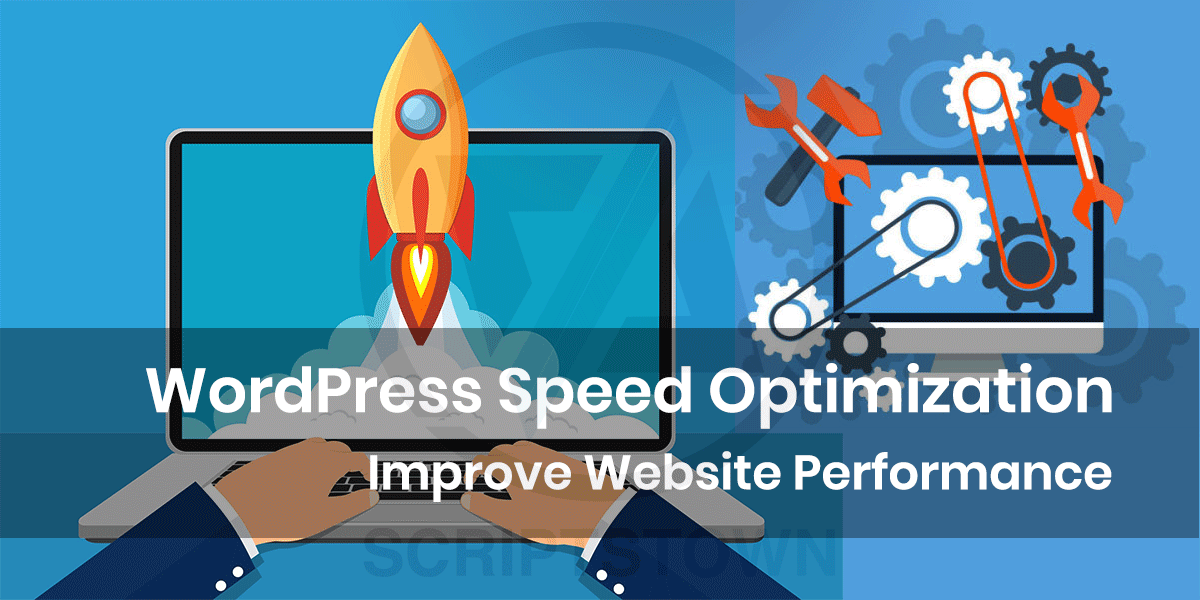20Shift: Your Daily Dose of Insight
Stay updated with the latest trends and news across various domains.
Turbocharge Your Website with These Speedy Secrets
Unlock the secrets to a lightning-fast website! Discover expert tips to boost your speed and enhance user experience today!
Top 10 Web Speed Optimization Tips You Need to Know
In today's digital landscape, web speed optimization is crucial for delivering a seamless user experience and improving search engine rankings. Slow-loading websites can lead to high bounce rates and decreased user engagement. To help you enhance your site's performance, we've compiled a list of the top 10 web speed optimization tips that every website owner should implement.
- Minimize HTTP Requests: Reduce the number of elements on your page to decrease load times.
- Enable Compression: Use Gzip to compress your files and decrease their size.
- Optimize Images: Resize and compress images for faster loading.
- Use a Content Delivery Network (CDN): Distribute your content globally for quicker access.
- Minify CSS, JavaScript, and HTML: Remove unnecessary characters to streamline code.
- Leverage Browser Caching: Store frequently accessed resources in the user's browser.
- Reduce Server Response Time: Optimize your server configuration to improve response times.
- Implement Lazy Loading: Load images and videos only when they are in the viewport.
- Choose the Right Hosting Solution: Select a reputable hosting provider for optimal performance.
- Use Asynchronous Loading for CSS and JavaScript: Allow scripts to load without blocking page rendering.

How Fast is Your Website? Tools and Techniques to Measure Performance
In today's digital landscape, website speed is paramount for user experience and search engine optimization (SEO). A fast-loading website not only enhances visitor satisfaction but also improves engagement and conversion rates. To determine how fast your website is, you can utilize various performance measurement tools that offer insightful data about load times, server response, and overall performance. Some of the most popular tools include Google PageSpeed Insights, GTmetrix, and Pingdom. These tools provide comprehensive reports that help you identify critical areas for improvement.
Once you've gathered data on your website's performance, several techniques can be applied to optimize speed. Consider implementing caching solutions to store frequently accessed data, thereby reducing load times. Additionally, compressing images and utilizing a Content Delivery Network (CDN) can significantly enhance site speed. Regularly testing your site with the aforementioned tools allows you to monitor changes and ensure that your optimizations are effective. By prioritizing the speed of your website, you can create a more effective online presence that caters to your audience's expectations.
Common Mistakes That Slow Down Your Website and How to Fix Them
One of the most common mistakes that slow down your website is the use of unoptimized images. Large image files can significantly increase page load times, leading to a poor user experience and potentially higher bounce rates. To fix this, ensure that all images are compressed and properly sized before uploading. Use tools like ImageOptim or TinyPNG to reduce file sizes without sacrificing quality. Additionally, consider utilizing formats like WebP which offer better compression compared to traditional formats like JPEG and PNG.
Another mistake is neglecting to leverage browser caching, which can greatly enhance your site's performance. When caching is enabled, your website's static resources (like CSS, JavaScript, and images) are stored in users' browsers, allowing for faster loading times on subsequent visits. To fix this issue, you can configure cache settings in your website's server directives or utilize plugins if you're using platforms like WordPress. In summary, addressing these common issues can drastically improve your website's speed and user experience.